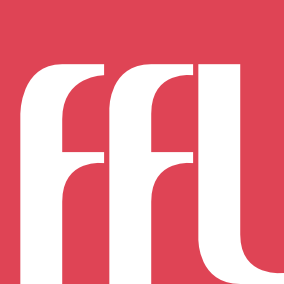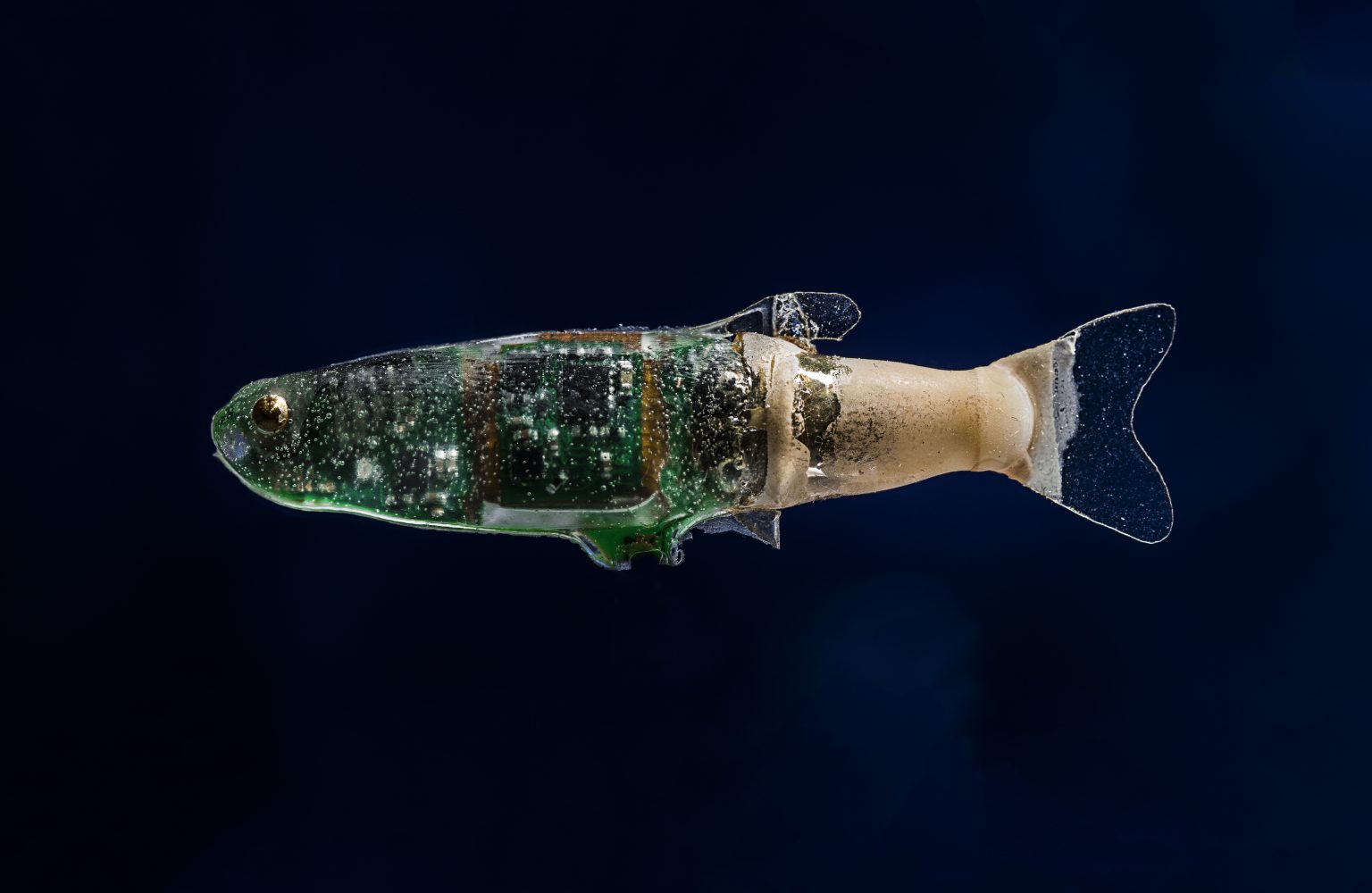Catherine Leutenegger, author of our Key Visual Picture.
1) Could you describe your project in your own few words?
For FFL I’m showcasing two immersive installations related to science and new technologies : a looped video on a screen combined with two monumental light boxes. From the infinitely small to the infinitely large, the video installation titled « Infinity Room » – in which created (or found) images and re-appropriated images come together – invites you to immerse yourself in the mesmerizing world of scientific research at Federal Institute of Technology Lausanne (EPFL).
Beside in my long-term body of work New Artificiality, I investigate through multiple chapters the significant emergence and advancement of 3D printing technologies. The lightboxes reveals the fascinating potential of additive manufacturing applied in the life sciences and medicine. Within 10 to 20 years, it could be used in regenerative medicine to create functioning organs for implantation. Somehow bioprinting would be like « playing God ».
3D bioprinting is confronting us with the quandary of how we humans will see ourselves when our body parts can be printed with the same ease and practicality as the elements of an object or building.
2) What makes it special?
I think these projects are timely with the contemporary social and environmental issues we are currently experiencing. Technologies are shaping our society today and most certainly tomorrow. They are developed in this frantic attempt to extend our human condition and to control our environment, for better or for worse? This is probably the great paradox of moderne times.
Will the evolution of technologies be the resource of resolving humanity’s greatest challenges or the source of our demise? Isn’t it a contradiction that presents us with a seemingly unresolvable conundrum: the source of our progress might me the source of our downfall? My work raises questions about the reliability and stability of science, yet it continues to move forward with seemingly limitless potential.
3) What is your favorite thing about photography?
The process of investigation, immersion into one subject and then analyzing, observing it thoughtfully to translate it visually. It creates spaces for reflection, connection and meditation.
I think we live in a very unique and exciting moment in the history of photography. The medium is becoming more complex to define. Through the digital advancements, the horizons and possibilities keep on expanding. New languages and aesthetics emerge from technologies. Photography attracts me for its ambivalent simplicity and complexity. It’s a plural and evolutive language and a great companion to fill up my insatiable curiosity!
4) What helps you most in your artistic progress?
Getting out of my confort zone by experimenting new tools to create/ generate images through scientific instruments (scanners, microscopes, Artificial Intelligence, computational imaging) in addition to my conventional cameras. Thinking more and more about the final form of installation of my works and the experience you feel as a spectator. These aspects play progressively a major role in my artistic process. Getting to know new people from different fields to enrich my practice with their expertise and to create new dialogues and echoes. I’m currently trying to build bridges between art and science by realizing collaborative projects with researchers and scientists.
5) What do you think about the Fotofestival Lenzburg?
First of all I feel very honored to be part of this upcoming edition. I think it is great to combine established and emerging artists around a common and timely theme. Furthermore, a theme connected with the current challenges we are all experiencing today. I also like the fact that the venues are spread out in various sites with different characters, atmospheres. I’m very curious about discovering historical spaces dialoguing with contemporary photography.
6) Why did you choose photography as your profession?
Photography or art in general has always been for me a retreat space. At a very young age I felt the need to find a place where I could let my imagination and thoughts grow. This is very stimulating to have a vocation which is a good pretext to encounter new places and people.
On one hand, it’s priceless to do something meaningful that brings fuel and wisdom to your life by keeping on learning, confronting yourself to new environments. On the other hand it’s quite a struggle financially; it’s a common issue for major artistic professions.
7) What was your “educational” path?
I studied History of Art and Visual arts at Gymnasium and then Visual Communication (specialization Photography) at the University of Art and Design (ECAL).
8) Last question – to lighten it all up 😊 – what came first: the chicken or the egg?
I would say the egg came first, but this egg was from another animal and it evolved differently…In this specific case, I’m sure science could be a resource to enlighten us about this tricky old riddle.
Thank you very much, Catherine!
Find out more about Catherine and her work here.

